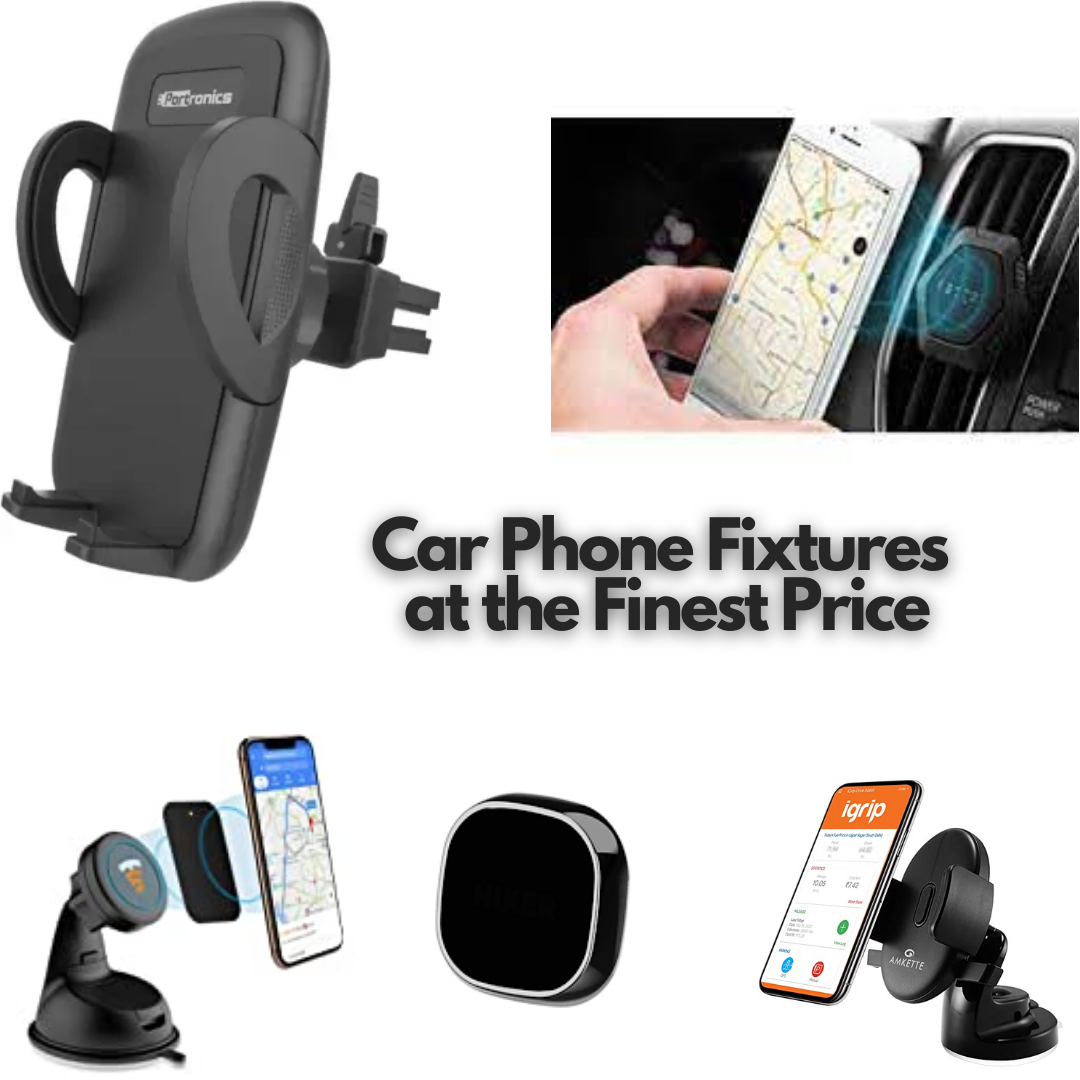Base Variant or Top Variant: What to choose?
The auto industry is evolving swiftly, and automobile prices are only going up. New cars are increasing costlier each year, making them a very high-value investment for the common man. And somewhat oddly, the average life span of a vehicle is getting down despite the continual rise in prices, which brings in excellent news for potential used car purchasers! Thanks to manufacturers producing updated versions of their models sooner than a few years ago, more and more modern automobiles are now entering the used car market, making it easy for you to make an intelligent buy without having to blow your pocket.
While buying a car, you may have scratched your head, wondering whether to choose the variants or the vehicle's trims. This is particularly perplexing as the salesperson will urge you to go for a top variant. Your pals might have suggested you go for a base variant and acquire accessories.
Here is the list of few parameters that can assist you chose the trim or the variant for the car you selected.
- Cost: This is the significant aspect here. In most cases, the low-end models are hopelessly underequipped and hence supplied at meager costs. Even manufacturers have received limited profits at the cheapest variant, yet they have to stay competitive. If competition offers the car at a beginning price of 5 lac, they have to price their vehicle near to remain in the fight. Automobile producers often achieve it by reducing equipment from the base model and providing a low beginning price for the range. While even a substantial percentage of budget-conscious purchasers opt for the mid-range variations, many buyers searching for an upgrade are enticed by the exact cost, low-end models. And in most circumstances, it is still an upgrade for them as they are coming from a smaller automobile or, in some cases, a two-wheeler. Many countries would apply hefty taxes when you go up a class of automobile. On top of that, the insurance rates are driven up skywards with a bigger car which isn’t exactly the case in India.
- Engine: Nowadays, carmakers provide not less than 2 engine options with practically every vehicle. The base variant might not get the most powerful engine. So, you will have to determine whether you want a powerful engine or are you content with the one given with the base variations. The same goes with the transmission. The base variant might only provide manual information, whereas as you go up in the trims chart, you will find automatic transmission also.
- Comfort and Safety Features: In the base model, you won't receive the safety features such as airbags at the front, side-curtains Electronic Brakeforce Distribution, Antilock Braking System, Electronic Stability Control, which have been mandatory by the government. Base variants do not give a lot of features that the top variant does. Features include push-button start, cruise control, keyless entry, multimedia system, remote trunk release, etc. The top model of a car is simply studded with all the amenities and gimmicks the corporation can supply, while the base model is a bare-born one. That doesn't mean that base variants are pointless, have a look at the following parameter.
- Resale Value: This is another significant feature that pushes the selling of cheaper variants more than the top-end variations. The used automobile market in India is substantially more prominent as compared to many wealthy countries. But the trouble with the second-hand automobile market is that you don’t get what you pay for. Not many people would realize the extra cash you paid for the top-end option. For this reason, people who change their vehicles frequently will resist paying more money on a better variation.
Moreover, the second-hand automobile market in India is driven a lot by famous models. You can quickly discover even low-end variants of the popular automobiles going for more than the high-end variant of a less popular vehicle. If they are not going to sell it off, they would expect some premium on this price, but they don’t get it. This problem starts out at a considerably earlier stage when people buy the autos. Like the situation we described under the previous topic, if customers don’t recognize the necessity of high-end amenities while purchasing a new automobile, they won’t do that in a used car.











